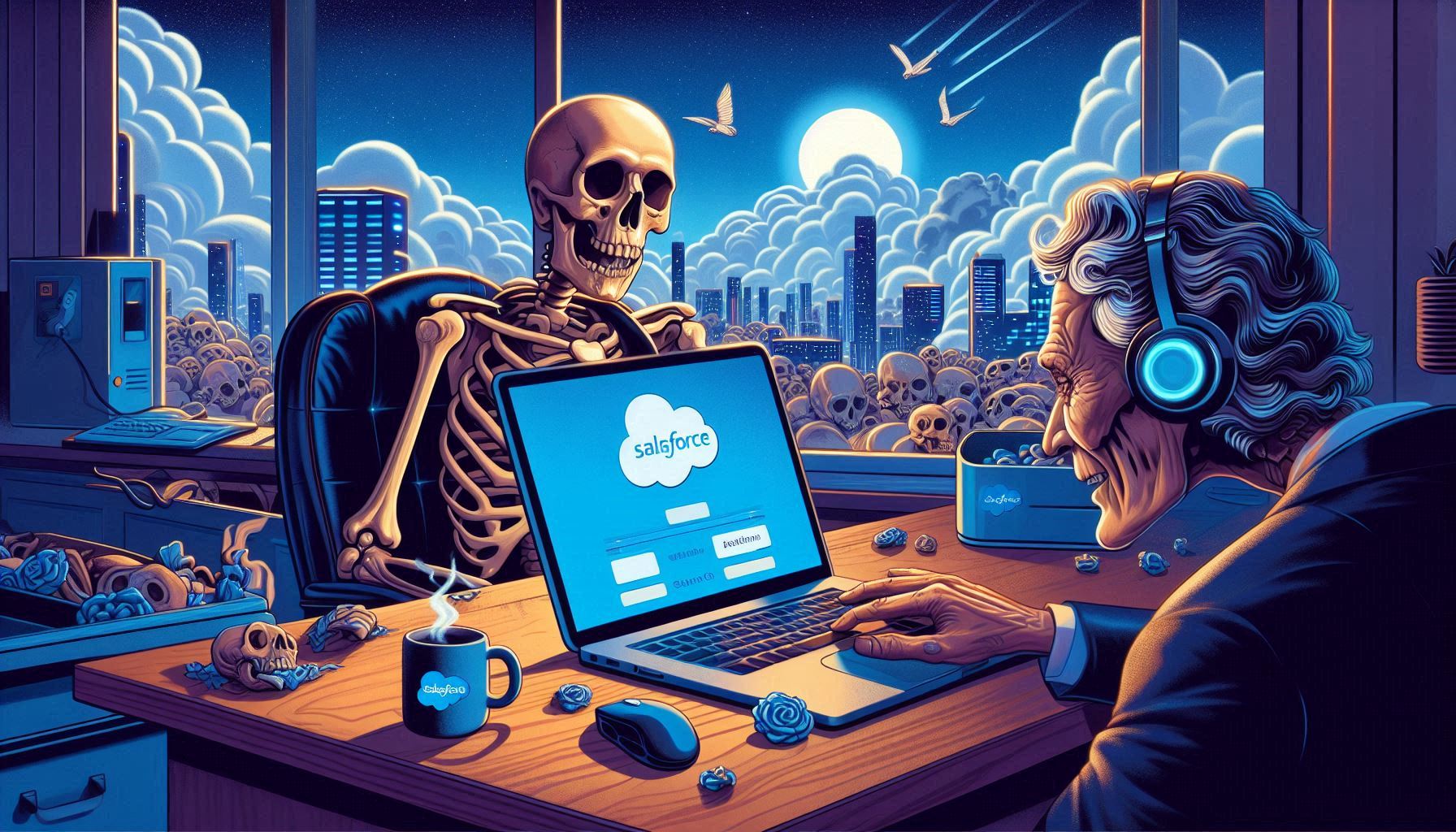There is a growing perception that Salesforce Commerce Cloud (SFCC) is losing relevance in the eCommerce industry. However, this notion is not entirely accurate. Instead of declining, SFCC is evolving in response to modern commerce trends such as headless commerce and composable architecture. This article will explore the current state of SFCC, its future, and how developers can adapt to these changes.
Table of Contents
Is SFCC Really Dying?
Short answer: No, but its role in the eCommerce space is changing.
Why SFCC Remains Relevant
- Enterprise-Focused Platform – SFCC continues to be a dominant force among large enterprises like Adidas, L’Oréal, and Puma, which require high scalability, deep integrations with Salesforce CRM, Marketing Cloud, and AI-powered personalization.
- Global Scalability – SFCC’s cloud-based infrastructure ensures seamless operations across multiple regions, making it ideal for multinational brands.
- Salesforce Ecosystem Synergy – Businesses heavily invested in Salesforce tools find it difficult to switch to other platforms due to tight integrations.
- Continuous Innovation – Salesforce invests in the platform by enhancing headless APIs, AI-driven features, and B2B commerce solutions.
Why Some Believe SFCC Is Declining
- High Costs – SFCC’s revenue-based pricing is often too expensive for mid-sized businesses, driving them toward alternatives like Shopify Plus and BigCommerce.
- Competition from Composable Commerce – Solutions like Commercetools and Adobe Commerce are gaining traction, especially for companies adopting a headless, API-driven approach.
- Legacy Perception – Some businesses still rely on SFRA (Storefront Reference Architecture) and ISML templates, which appear outdated compared to modern React and Vue.js front-end frameworks.
The Future of SFCC
SFCC is not disappearing but is shifting towards a headless and API-driven commerce model. Salesforce continues to invest in the platform, introducing:
- Enhanced APIs – More robust OCAPI (Open Commerce API) and PWA Kit to support headless commerce.
- AI-powered eCommerce – Einstein AI offers features like smart search, personalized recommendations, and predictive analytics.
- Expansion into B2B Commerce – SFCC’s B2B Commerce Cloud is growing rapidly in sectors like manufacturing and wholesale.
How SFCC Developers Can Adapt
As SFCC evolves, developers must adapt to industry trends to stay competitive.
1. Embrace Headless & Composable Commerce
- Learn OCAPI and GraphQL Commerce APIs for headless development.
- Master modern front-end frameworks like React, Vue.js, and Next.js.
- Get hands-on experience with Salesforce PWA Kit for progressive web applications.
2. Expand Salesforce Ecosystem Skills
- Gain expertise in B2B Commerce Cloud to meet the increasing demand for B2B solutions.
- Learn how to integrate Salesforce Order Management System (OMS).
- Understand Marketing Cloud and CRM to become a full-stack Salesforce commerce developer.
3. Leverage AI & Personalization
- Implement Einstein AI features for smarter product recommendations and search functionality.
- Learn how to use AI-driven dynamic pricing and automated chatbots.
4. Prepare for Omnichannel Commerce
- Understand omnichannel fulfillment, including buy online, pick up in-store (BOPIS) and inventory management.
- Get familiar with B2B-specific features like bulk ordering, approval workflows, and account-specific pricing.
5. Modernize Legacy SFCC Skills
- Transition from SFRA/ISML to headless architectures using React-based storefronts.
- Learn TypeScript, as Salesforce now supports it for cleaner and more maintainable server-side scripting.
- Adopt CI/CD pipelines (e.g., GitHub Actions, Jenkins) for efficient SFCC deployment.
6. Diversify Your Commerce Tech Stack
- Explore other composable commerce platforms like Commercetools and Commerce Layer.
- Learn Shopify Plus and Adobe Commerce for flexibility in handling different types of projects.
7. Stay Updated with Industry Trends
- Follow Salesforce’s Roadmap Webinars and Dreamforce announcements.
- Join SFCC communities on Slack, LinkedIn, and Salesforce Developer Forums.
- Earn certifications like Salesforce Certified B2C Commerce Developer and B2B Commerce Developer.
What to Watch for in the Future
- Shifts in SFCC job demand – While demand for traditional SFCC roles may decline, hybrid roles such as SFCC + React Developer are increasing.
- Adoption of composable commerce – If more businesses migrate to headless architectures, SFCC’s role may shift to a backend commerce engine rather than a full-stack solution.
- Salesforce’s investment priorities – Continued innovation in B2B commerce, AI, and OMS will dictate the future of SFCC.
At End
SFCC is not dying, but its role in the eCommerce industry is evolving. To stay competitive, developers should:
- Enhance SFCC skills with headless commerce, AI, and B2B expertise.
- Expand their knowledge to include modern front-end frameworks and alternative commerce platforms.
- Position themselves as hybrid commerce experts by combining SFCC with headless, OMS, and AI technologies.
By staying adaptable, SFCC developers can future-proof their careers and remain valuable in the ever-changing digital commerce landscape.
